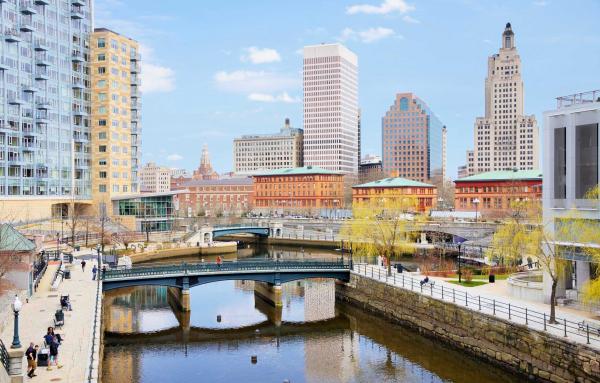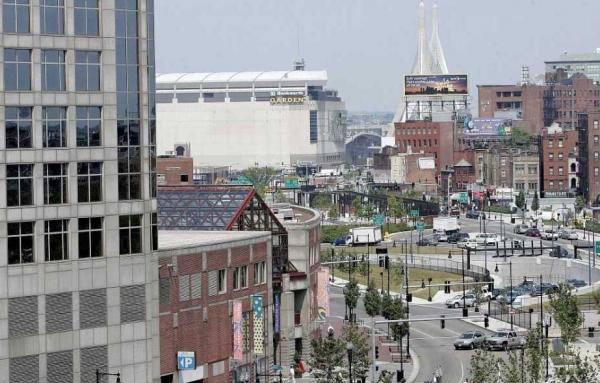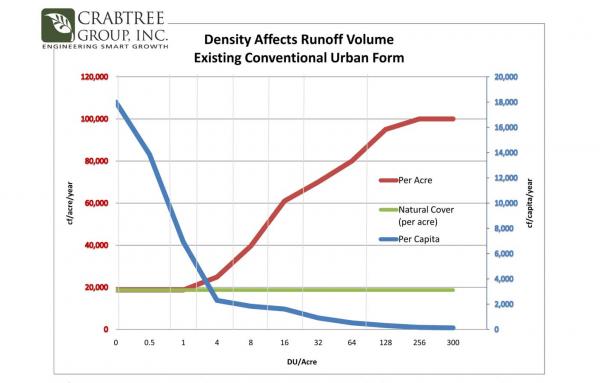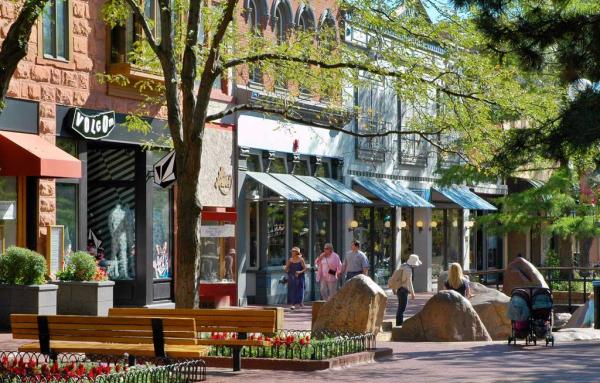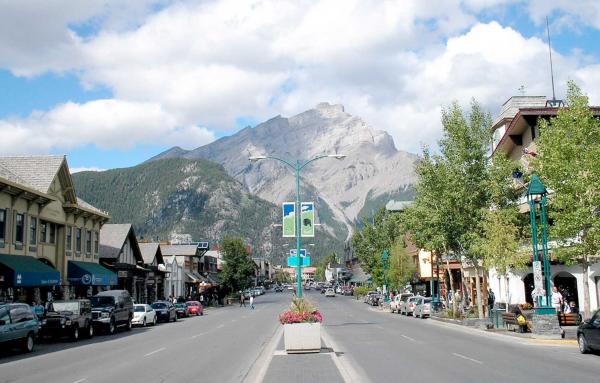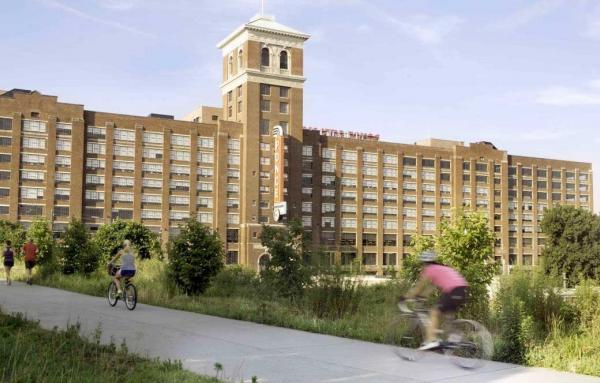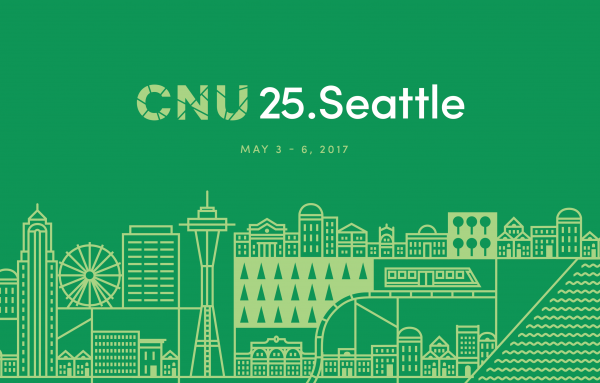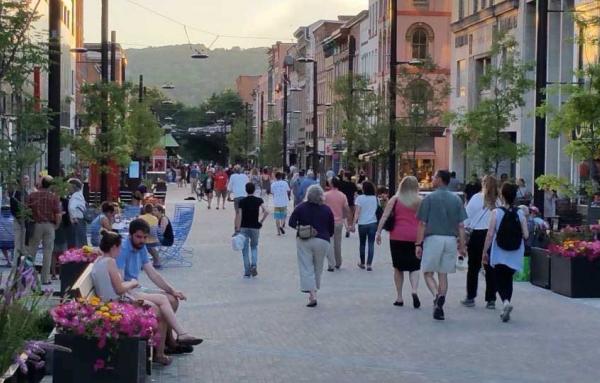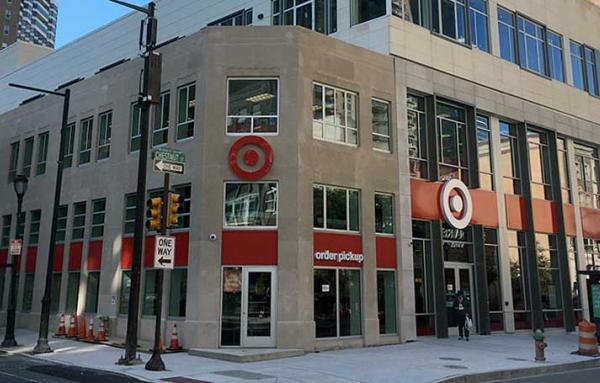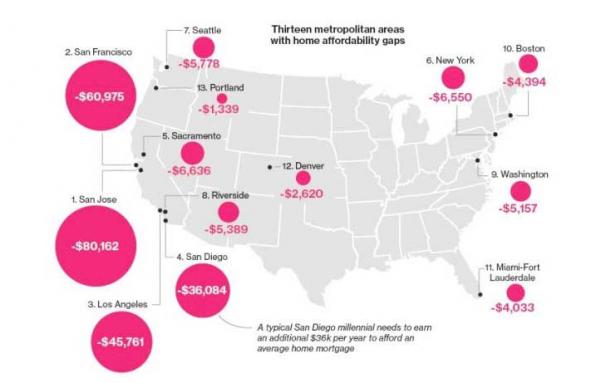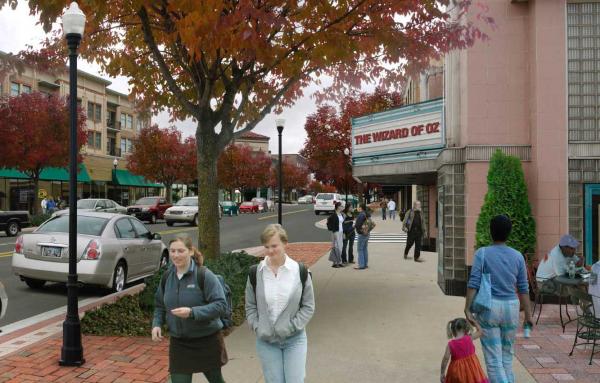RECENT ARTICLES – 2016
In small to mid-sized cities, the impact of New Urbanism can be dramatic.
Older and smaller buildings and a wide range in building age offer real economic and social benefits for neighborhoods and urban centers.
Little in this world is more powerful and satisfying to humans than a well-designed human habitat juxtaposed against nature.
Historic buildings create the kind of character and vitality that makes older communities perform well economically, socially, and environmentally—and that is the central thesis of a new book.
Here's a preview of what you will see and do in Seattle at the 25th annual Congress for the New Urbanism this May.
A walkable community is the most common term to describe the alternative to drive-only suburbia. Yet walking is so basic to human life that we often take it for granted. Perhaps a more inspiring term is livability.
Big box retailer evolves; chases customers to walkable urban locations.
A remarkable and growing body of literature is telling us that healthy communities need face-to-face interaction among their members, something that electronic media cannot replace. Physical places enable or prevent that interaction.
